
30 x 30: NRDC’S commitment to protect nature and life on earth
“To prevent mass extinctions and bolster resilience to climate change, scientists warn that we must protect at least 30 percent of our lands, rivers, lakes, and wetlands by 2030. At the same time, we must also fully and highly protect at least 30 percent of our oceans by 2030 to help safeguard marine ecosystems and fisheries that provide food, jobs, and cultural sustenance to billions around the world.
We have the tools to create a better, healthier future for our planet—and ourselves—but we must act now…”

Biden enlists ranchers, tribes (and land trusts) to conserve 30% of land and water
The Biden administration is unveiling a plan to conserve 30% of U.S. lands and waters by the end of the decade, a top priority for environmentalists who see the initiative as a way to fight climate change and safeguard species on the brink of extinction.
“The conservation value of a particular place should not be measured solely in biological terms, but also by its capacity to purify drinking water, to cool the air for a nearby neighborhood,” or “to provide a safe outdoor escape for a community that is park-deprived,” the report says.
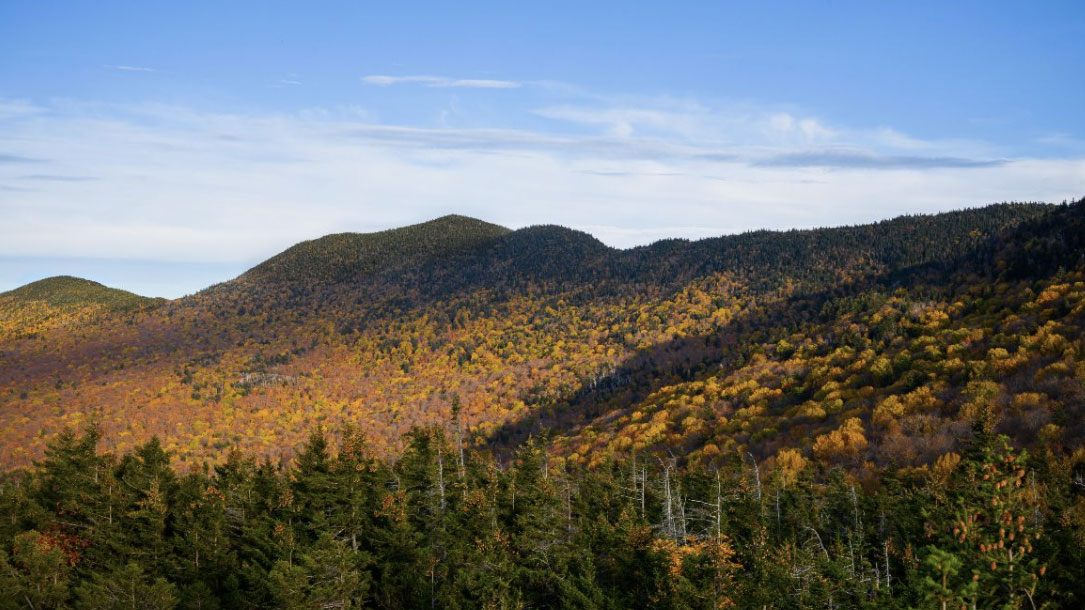
How the climate crisis and pests are impacting four tree species in Vermont’s woods
The human-induced climate crisis — compounded by global trade patterns that invite non-native pests — may present the greatest challenge to forest management yet. Vermont is becoming warmer and wetter, creating conditions that benefit insects and diseases capable of wiping out a species.
While a single threat might not be enough to bring down a tree, compounding pressures can. Less-than-ideal soil conditions, for example, might stress a tree but not kill it. But that stress could make the tree more vulnerable to an insect, drought, or herd of browsing deer…
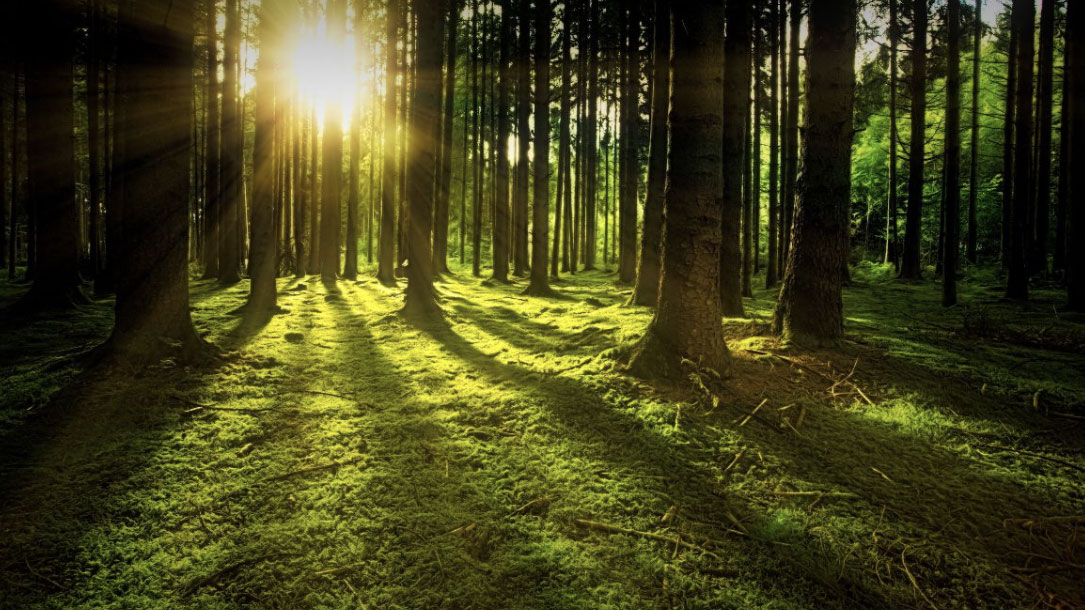
The biggest trees capture the most carbon — large trees dominate carbon storage in forests
Older, large-diameter trees have been shown to store disproportionally massive amounts of carbon compared to smaller trees, highlighting their importance in mitigating climate change, according to a new study in Frontiers in Forests and Global Change.
Researchers examined the aboveground carbon storage of large-diameter trees (≥ 21 inches or ≥ 53.3 cm) on National Forest lands within Oregon and Washington. They found that despite only accounting for 3% of the total number of trees on the studied plots, large trees stored 42% of the total aboveground carbon within these forest ecosystems…

Fires are keeping Arctic forest growth from offsetting CO2 release
Climate change is causing the Arctic to get greener, but those thicker forests will not help battle climate change as well as was hoped, a new study says.
Scientists believed that although the warming atmosphere is melting Arctic ice and permafrost, and therefore releasing sequestered carbon dioxide, the warmer temperatures could spur more plant growth in the same area that might be able to offset the CO2 releases…
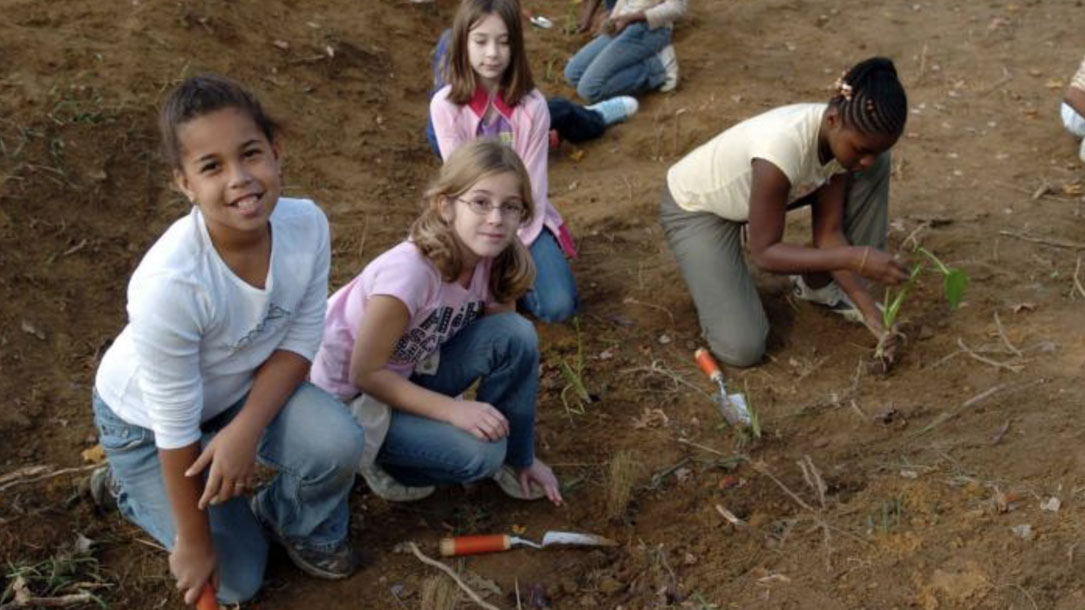
Report: Conserving and Restoring America the Beautiful
“A preliminary report to the National Climate Task Force recommending a ten-year, locally led campaign to conserve and protect the lands and waters upon which we all depend, and that bind us together as Americans.”
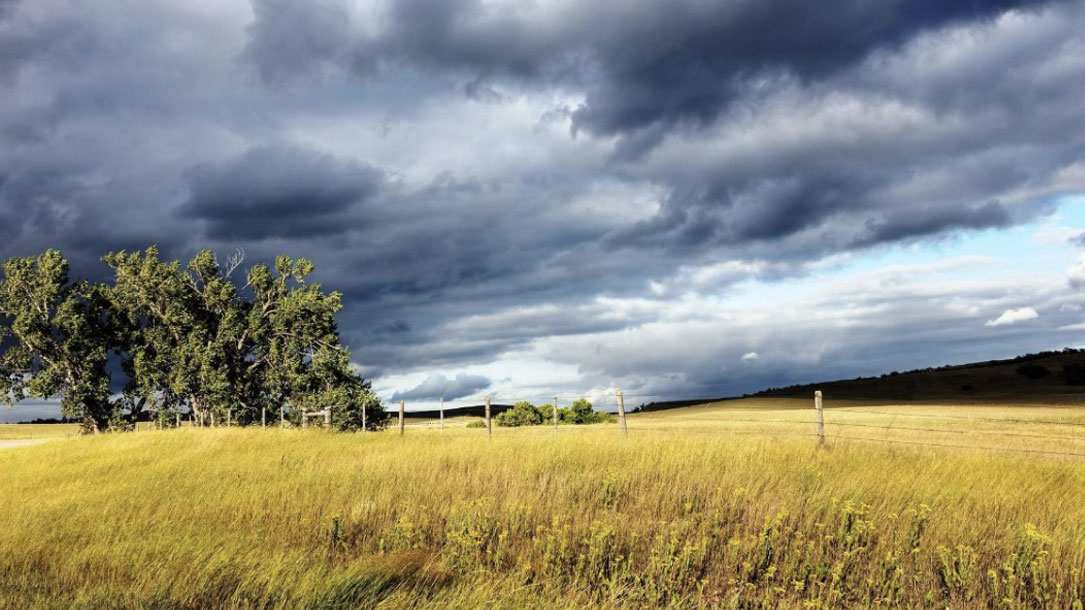
Natural climate solutions: We are at a tipping point for the planet
“We need to reach net zero greenhouse gas emissions by mid-century to keep global temperature increases under 2°C. While most efforts toward this goal have been focused on reducing fossil fuel use, new science shows that natural climate solutions—based on the conservation, restoration and management of forests, grasslands and wetlands—can deliver up to a third of the emission reductions needed by 2030…”
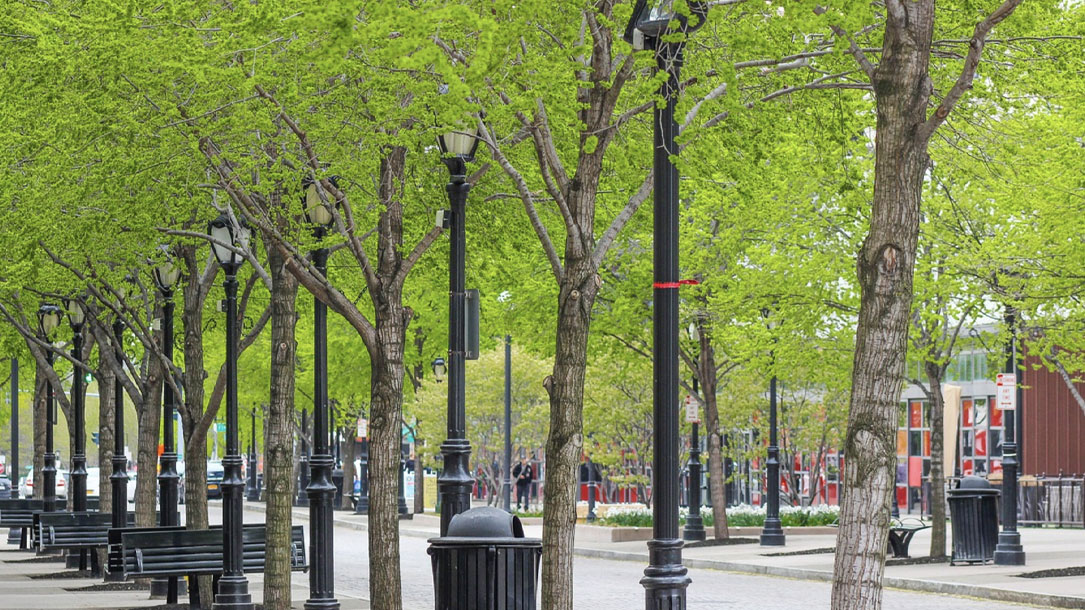
Study: Review of the Available Literature and Data on the Runoff and Pollutant Removal Capabilities of Urban Trees
This is a dense, but potentially useful scientific article on the runoff and pollutant removal capabilities of urban trees.
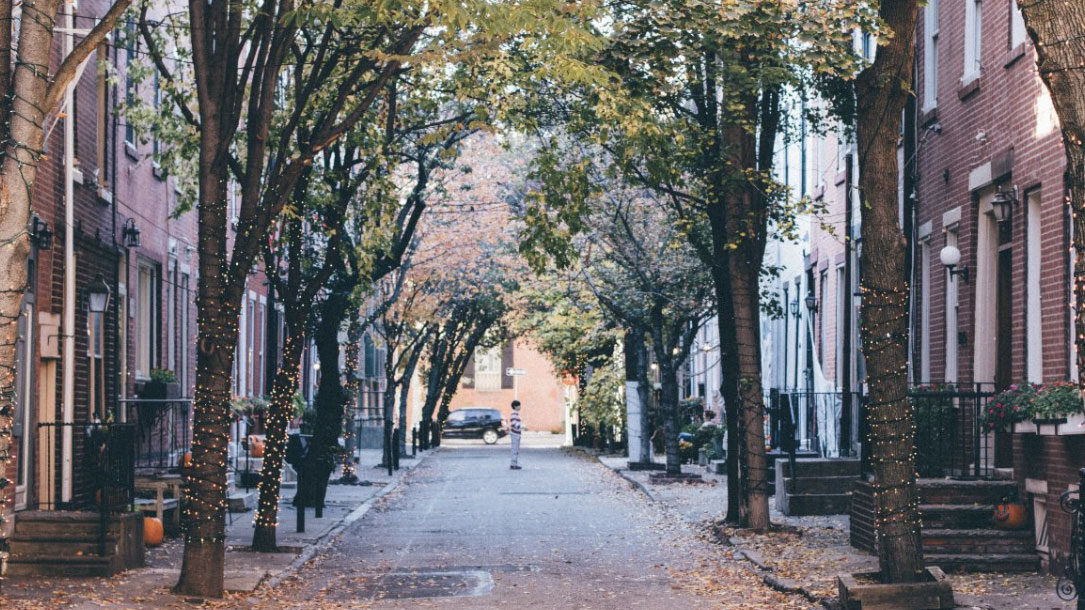
Air quality effects of urban trees and parks
Trees—and urban trees in particular—provide enormous benefits. For starters, they’re responsible for producing oxygen and removing CO2 and other pollutants from the air. Urban forests in the U.S. remove an estimated 75,000 tons of air pollution per year. They reduce the impact of falling rain and encourage that water to soak into the ground, reducing flooding and erosion as well as preventing pollution from entering waterways…
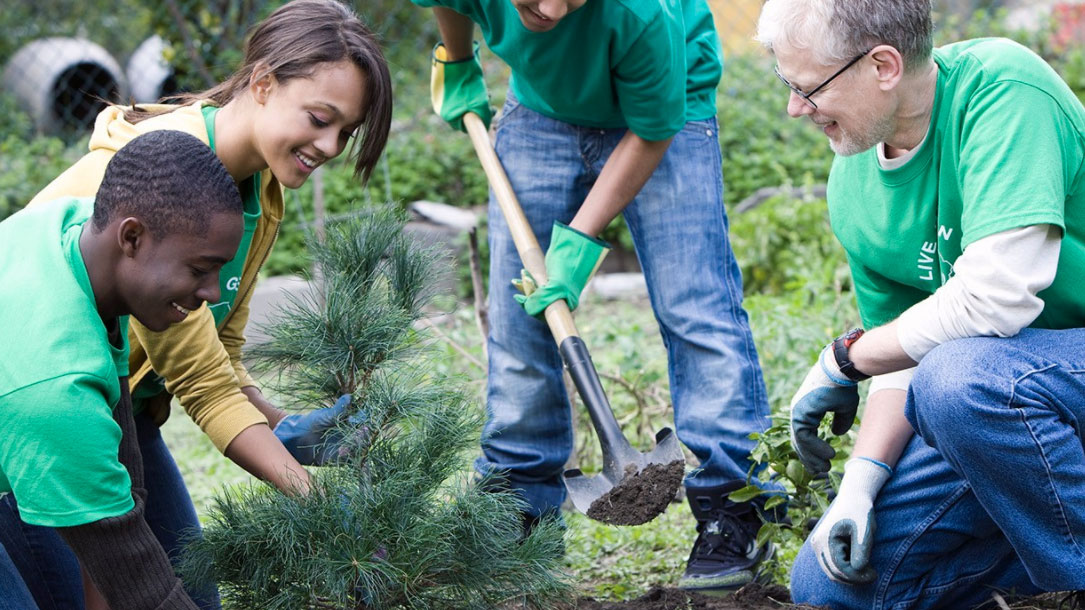
Using urban forestry to fight for environmental justice
Trees—and urban trees in particular—provide enormous benefits. For starters, they’re responsible for producing oxygen and removing CO2 and other pollutants from the air. Urban forests in the U.S. remove an estimated 75,000 tons of air pollution per year. They reduce the impact of falling rain and encourage that water to soak into the ground, reducing flooding and erosion as well as preventing pollution from entering waterways…
The U.S. Forest Service estimates that trees reduce the energy consumption needed to cool homes in the U.S. by more than seven percent…












